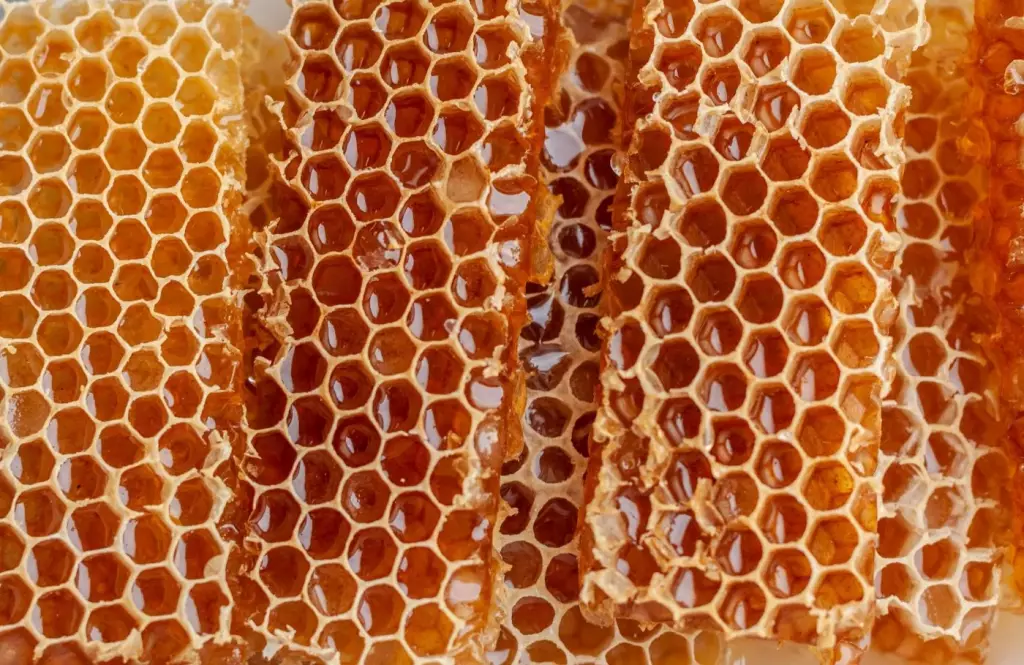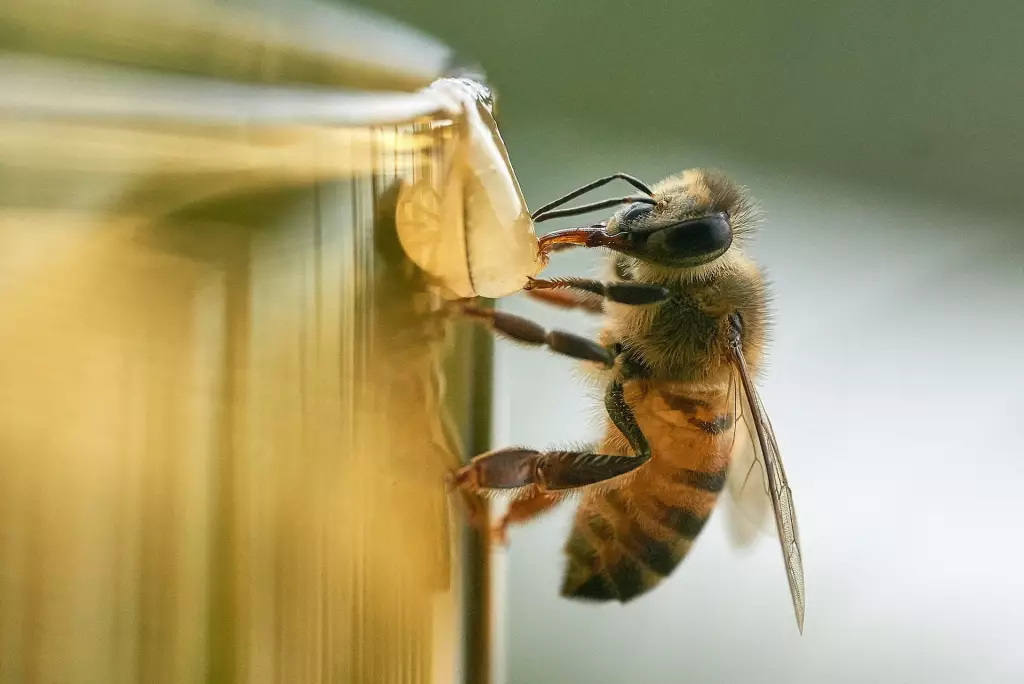How Much Honey Does a Hive Produce? (Per Day)
When you are planning to put up an apiary, you should consider how many hives you will maintain to be able to get a sufficient supply of honey for your business. If you want to know how much honey a hive produces per day, this is the right place for you to start.
Considering all variables and external factors, a beehive can produce an average of 30 to 60 pounds (14 to 27 kilograms) of honey annually. Given that bees work all year round, a hive can therefore produce an average of 0.08 to 0.16 pounds (0.036 to 0.072 kilograms) of honey per day.
Bees have high economic value to humans since they produce honey, one of the most valuable products for our consumption that provides many health benefits. Continue reading to know which external factors are affecting honey production to get the most out of the honey from your hives without wasting an ounce of it.
Summary
- Honey production is affected by many internal and external factors.
- Considering all factors, a beehive can produce an average of 30 to 60 pounds (14 to 27 kilograms) of honey annually.
- If bees work everyday for a year, a hive can therefore produce an average of 0.08 to 0.16 pounds (0.036 to 0.072 kilograms) of honey per day.

The Quantity of Honey A Beehive Produces Per Day
A higher yield of honey can be expected if all conditions are met, with some hives garnering up to 100 pounds (45 kilograms) of honey per year. But there are external factors that must be considered as reasons why we only arrive at an annual average production of 30 to 60 pounds of honey per hive.
It has been said that bees fly about 55,000 miles to produce one pound of honey. That is equivalent to flying 2.2 times around the world. So aside from the fact that bees are hard workers, they must also be fast flyers, rummaging from flowers to flowers, to fill the hive with sufficient honey.
Contrary to the belief that bees work all year round, bees take rests too, especially during winter season. An individual bee also does not produce honey every day since it also has to gather nectar for food storage in case of extreme weather conditions. Bees also take time to maintain their hive, like how humans will take days off for a general cleaning or yearly maintenance of their homes.
If we are talking about how much honey a single bee can produce, a single bee can only produce 1/12th of a teaspoon of honey in its entire lifetime. You will therefore need 12 bees to make 1 teaspoon of honey. If a hive contains 50, 000 individual hardworking bees, you can create roughly 4,167 teaspoons of honey. A pound of honey is equivalent to 64 teaspoons of it. Therefore, you can gain an estimated 65 pounds (29.5 kilograms) of honey if you have 50,000 healthy bees in one hive.

If all is set up perfectly, a strong beehive could produce up to 100 pounds (45 kilograms) of harvestable honey. Some beehives can even produce about 10 pounds (4.65 kilograms) of honey per day.
But considering the variable factors affecting bee colonies every day each year, an average of 30 to 60 pounds (14–27 kilograms) of honey can be expected annually from a single hive. A hive can produce 0.08 to 0.16 pounds (0.036 to 0.072 kilograms) of honey per day on average.
Factors That Affect Honey Production
The wide range of how much honey can be produced is determined by the following factors:
- type of honey
- the number of bees
- strength of a swarm
- beehive placement
- weather
- pests
- geographic location
- local flora
- temperature
- diseases
- competition
Knowing the factors with which honey production depends on is like holding a precious key to a hidden treasure. To gain more knowledge on how these factors affect the amount of honey being produced by a hive, keep reading further.
Diseases caused by common beehive pests
Depending on season, bees can be affected by different kinds of pests that bring certain diseases. One of the most common pests that bees encounter are the Varroa mites which are critter-like pests that attach to bees' abdomens and suck their blood. Since they are blood-borne, they typically transmit viruses from one colony to another.
Another is Nosema spores, which cause Nosemosis among western honey bees during spring and autumn. The disease is characterized by adult bees having difficulty digesting food, much like how dysentery is in humans. Wax moths are another common beehive pest that can cause widespread honeycomb destruction.
Bacteria are also known to infect bee colonies, such as the bacterium Paenibacillus that brings the American foulbrood disease in honeybees, causing bees in the pupal stage to die before they reach adulthood.
These pests can all infect the colony and render it incapable of honey production. A good pest control management can reduce the chances of these pests to spread diseases in your hives.
Competition
Competition in animals can be interspecific (between two different species) or intraspecific (between the same species). In bees, there are cases when wasps rob a beehive of its honey, and this is an example of interspecific competition. While in some cases, the same species of bees from a different colony can rob a neighboring beehive when supplies of food have been scarce (intraspecific competition).
The best way to deal with this kind of situation is to reduce the size of the entrance to limit access to the hive. Best also to make sure that no traces of honey or residues will be seen lying around the hive.

Weather
Although you can't control weather, it is best to know that this plays a major role on the ability of bees to produce honey. The clearer and blue the sky is, the better it is for bees. Bees cannot fly and forage for food during rainy or windy weather. They will have to wait for the sky to clear up before they can get back to work.
Production of honey is at its best during warmer climates as this could also mean longer periods of flowering. This period is called the nectar flow , and a good and long nectar flow means a more abundant honey production.
Hive placement
The location of your beehive is crucial to predicting how much honey can be made from each. The more abundant the surrounding flowering plants are, the greater honey production is expected.
This is a good point to consider when setting up your hives. Usually, bees will forage up to 3 miles around their hives, but placing them nearer to flowering plants makes them save time and energy for better honey production.
You can also use this knowledge to specifically point out a location to set up your hives, where the local flora is one of the top plants that help increase honey production. You can either set it up yourself, or find local community gardens that maintain such plants and communicate with them. Either way, bees are such good pollinators, so both parties will be benefiting.

